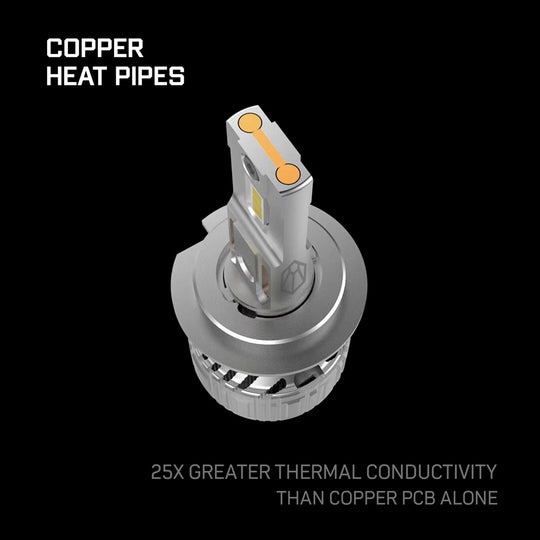In the realm of automotive innovation, few advancements have been as transformative as LED headlight conversion kits. These kits represent a significant upgrade from traditional halogen headlights, offering superior brightness, longevity, and energy efficiency. This comprehensive guide explores the intricacies of LED headlight conversion kits, from their technology and benefits to installation and considerations for prospective buyers.
Understanding LED Technology
LEDs, or Light Emitting Diodes, are semiconductor devices that emit light when an electrical current passes through them. Unlike halogen bulbs that rely on heating a filament to produce light, LEDs generate illumination through the movement of electrons in a semiconductor material. This process not only consumes less energy but also produces significantly less heat, making LEDs more efficient and durable.
Benefits of LED Headlight Conversion Kits
- Enhanced Visibility: LEDs produce a bright, clear light that closely mimics natural daylight, improving visibility during nighttime driving and adverse weather conditions.
- Longevity: LED bulbs have a much longer lifespan compared to halogen bulbs, often lasting tens of thousands of hours before needing replacement.
- Energy Efficiency: They require less power to operate, which reduces strain on the vehicle's electrical system and improves fuel efficiency.
- Durability: LED bulbs are more resistant to vibrations and shocks, making them ideal for use in vehicles where constant movement and rough terrain are common.
Types of LED Headlight Conversion Kits
- Single Beam vs. Dual Beam: Single beam kits provide either low beam or high beam functionality, while dual beam kits offer both functionalities in one bulb.
- Color Temperature Options: LED headlights are available in various color temperatures, measured in Kelvin (K). Lower Kelvin ratings (e.g., 3000K-5000K) produce warmer, yellowish light, while higher ratings (e.g., 6000K-8000K) emit cooler, bluish light.
Installation Process
Installing an LED headlight conversion kit typically involves the following steps:
- Gathering Materials: Ensure you have the correct kit for your vehicle model and necessary tools such as screwdrivers and pliers.
- Accessing Headlight Housing: Depending on your vehicle, this may require removing the headlight assembly cover or accessing the bulb from under the hood.
- Replacing Bulbs: Carefully remove the old bulbs and replace them with the new LED bulbs, ensuring they are securely fitted.
- Testing and Adjustment: Once installed, test the headlights to ensure they function correctly. Adjust the beam alignment if necessary to avoid blinding oncoming traffic.
Considerations for Buyers
- Compatibility: Verify that the LED conversion kit is compatible with your vehicle's make and model to avoid installation issues.
- Regulations: Check local regulations regarding aftermarket headlights to ensure compliance with brightness and color temperature requirements.
- Quality and Brand Reputation: Invest in reputable brands known for producing durable, reliable LED conversion kits to ensure longevity and performance.
- Warranty and Support: Choose kits that offer a warranty and good customer support in case of issues or questions during installation or afterward.
Conclusion
In conclusion, LED headlight conversion kits represent a significant advancement in automotive lighting technology, offering improved visibility, energy efficiency, and durability over traditional halogen bulbs. With their straightforward installation process and a variety of benefits, these kits are an attractive option for drivers looking to enhance their driving experience and safety on the road. By understanding the technology, benefits, installation process, and considerations for purchasing, consumers can make informed decisions about integrating LED headlights into their vehicles, ensuring a brighter and safer journey ahead. Visit the official website of altiq.com.au

